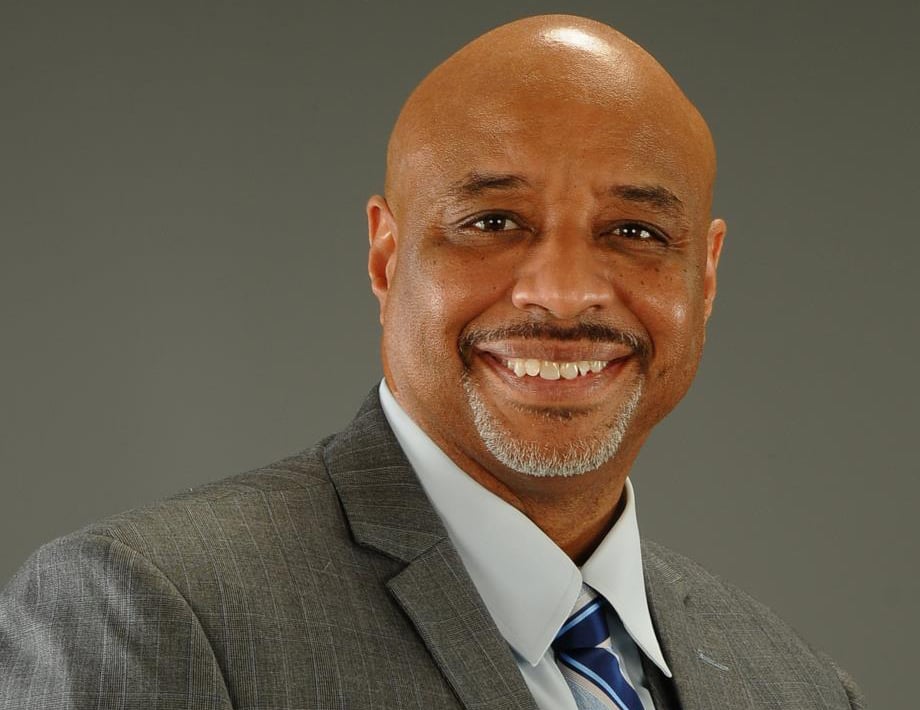The Healthcare Financial Revival: Balancing Growth and Workforce Innovation in 2025
As healthcare systems navigate ongoing financial challenges, a promising shift is emerging. Recent analysis from Moody's Investor Services reveals an encouraging trend in the sector's financial health, with operating cash flow margins approaching 7%. While this signals a positive trajectory toward recovery, healthcare organizations must strategically navigate ongoing challenges to maintain this momentum.




.png)








